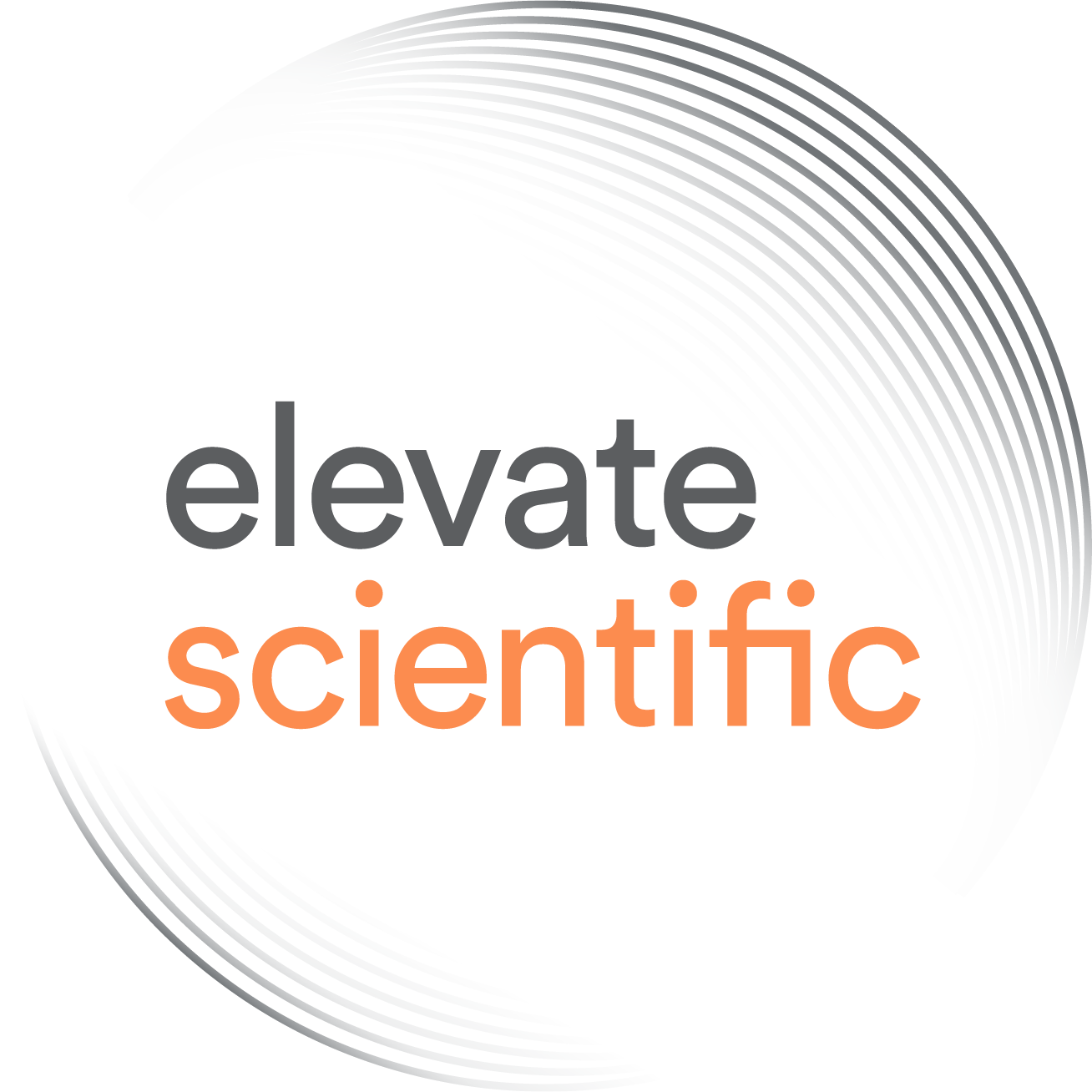Explaining your proposal to a European Research Council interview panel can be terrifying, but if you frame it as a story and prepare extensively it can make all the difference, suggests Dan Csontos. As published in Research Professional, 19 July, 2018.
Dan’s top tips
Getting a prestigious European Research Council grant not only provides researchers with generous funding to undertake high-risk, high-gain projects, but also a significant career boost. Not surprisingly, the competition for ERC funding is fierce and the stakes high.
The interview, if you make it that far, can be a nerve-wracking experience. However, it doesn’t have to be that way if you frame and convey your scientific story effectively, prepare extensively and avoid common pitfalls.
Under pressure
The panel composition and interview format may differ from panel to panel. Panels have 10 to 15 reviewers. Presentation and question times during the interview are approximately 10 and 15 minutes each but can be shorter or longer. The number of slides applicants can use may be restricted. Understanding and adapting to the specific requirements and conditions is therefore a vital first step to succeed in the ERC interview.
But that is the relatively easy part: three major obstacles remain in your path. First, intense competition for the panel members’ attention, as they review many applications. Second, capturing the uniqueness, significance, feasibility and impact of your proposal in mere minutes. Last but not least, battling your public speaking anxiety.
Overcoming these obstacles requires you to focus on both your messages and delivery. You must first identify the main messages, choose the right way to frame these messages and organise them into an engaging story. Then, you need to prepare clear, concise and compelling visuals (if allowed) and a confident and professional delivery that adheres to the time constraints.
Use framing and story techniques
Framing and story are vital concepts in writing grant proposals and are particularly important for the ERC interview given the severe time constraints. They are highly efficient tools to communicate information, engage your audience, and enable comprehension and recollection of what you’re telling them.
Both framing and story provide context in the form of meaning and relevance to the audience. Placing your research into a ‘frame’ provides this from a macro-scale perspective by answering important questions. Why is the research needed? Who will it have an impact on and how? Why should the reviewers care?
For example, a research project dealing with the intricacies of a semiconductor material could be framed in terms of optimisation of material properties for realising efficient solar cells to tackle energy related societal challenges. Or, it could be framed in terms of probing material properties with unprecedented detail to understand a longstanding physics puzzle that could shed general insights into the physics of an entire class of material.
The story then incorporates and connects this frame to answer more specific questions at the micro-to-mesoscale. It does this through six eIements—character, goals, motives, problems, actions and risks—that have been shown by cognitive sciences to be crucial for the brain to effectively process information.
Less is more
Using such a structure can help you distil the essence of an ambitious, large and long-term research proposal into a 10-minute story with a simple beginning-middle-end structure.
The beginning of your presentation should frame the research proposal. Introduce the research topic (character); define the ‘holy grail’ in the field (big-picture goal); explain its scientific, technological or societal rationale (motive); and identify the specific on going issues faced by those working in the field (problems). Then, clearly state the purpose of the proposed research and the specific aims of your proposed research (goals).
The middle of your presentation should then build on the opening scene to provide a big-picture overview of your research strategy (actions), the expected outcomes, complications you foresee (risks) and a snapshot of why you’d be best placed to conduct the research.
The end should tie back to the beginning, to provide a summary of the expected impacts and the overall risks and gains of the proposed research project. By the end of the presentation, you should leave the audience in no doubt that the questions and aims described in the beginning will be met if funding is allocated, and that the proposed research indeed fits into the bigger frame.
All of the above should be presented in crisp, condensed messages, focusing on the big picture and leaving details for the full proposal and the question time. As a starting point, you can aim for a 30-40-30 percent distribution for the three parts of the presentation. Try to capture your take-home message into one sentence—this could serve as a focus for the pitch—as well as a final, memorable sentence to close with.
Prepare for success
Developing the frame and story is only one step toward success. The devil lies in the delivery. Extensive preparations are needed to ensure a clear, concise, consistent and compelling presentation.
Visuals such as slides and graphics should be clean and simple; less is more. Ensure you use a consistent graphic profile across the slides (colour, font, shapes, hierarchy of information). Provide schematics to illustrate the main concepts and interrelationships between, for example, ideas or parts of the project. And use carefully crafted tables to provide panel members with snapshots of important information, such as the outcomes, impacts, risks and gains of the proposed research.
Rehearse your delivery extensively, on your own and in front of an audience of specialist and non-specialist peers. Invite structured feedback. Record yourself. It’s important to project confidence: have eye contact with the reviewers and open body language, and use a conversational, relaxed tone.
Practice until you’re able to deliver the pitch no matter where in the presentation you start, with or without slides. This prepares you for the unexpected. And it enables you to relax on the day and improvise.
However, be also prepared for rejection, both at the initial review and at the interview stages. Do not be disheartened: it’s far from a failure and certainty not a wasted effort.
Indeed, going through the above process is an opportunity irrespective of the outcomes. Spending time to develop and refine your scientific stories is crucial, not only for winning prestigious grants, but also to devise and conduct high-quality research with a long-term view and to enable you to communicate your scientific advances to a broad range of audiences. Good luck!


